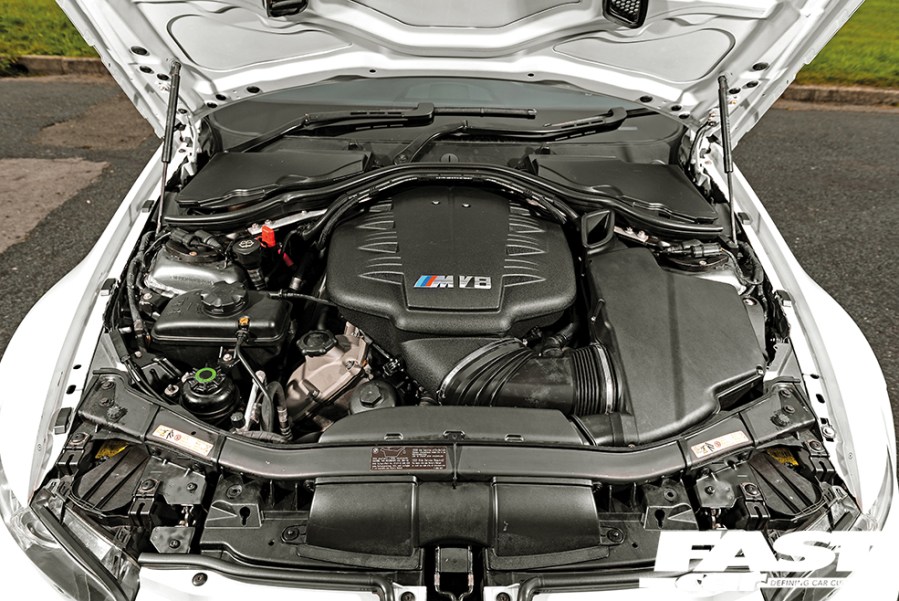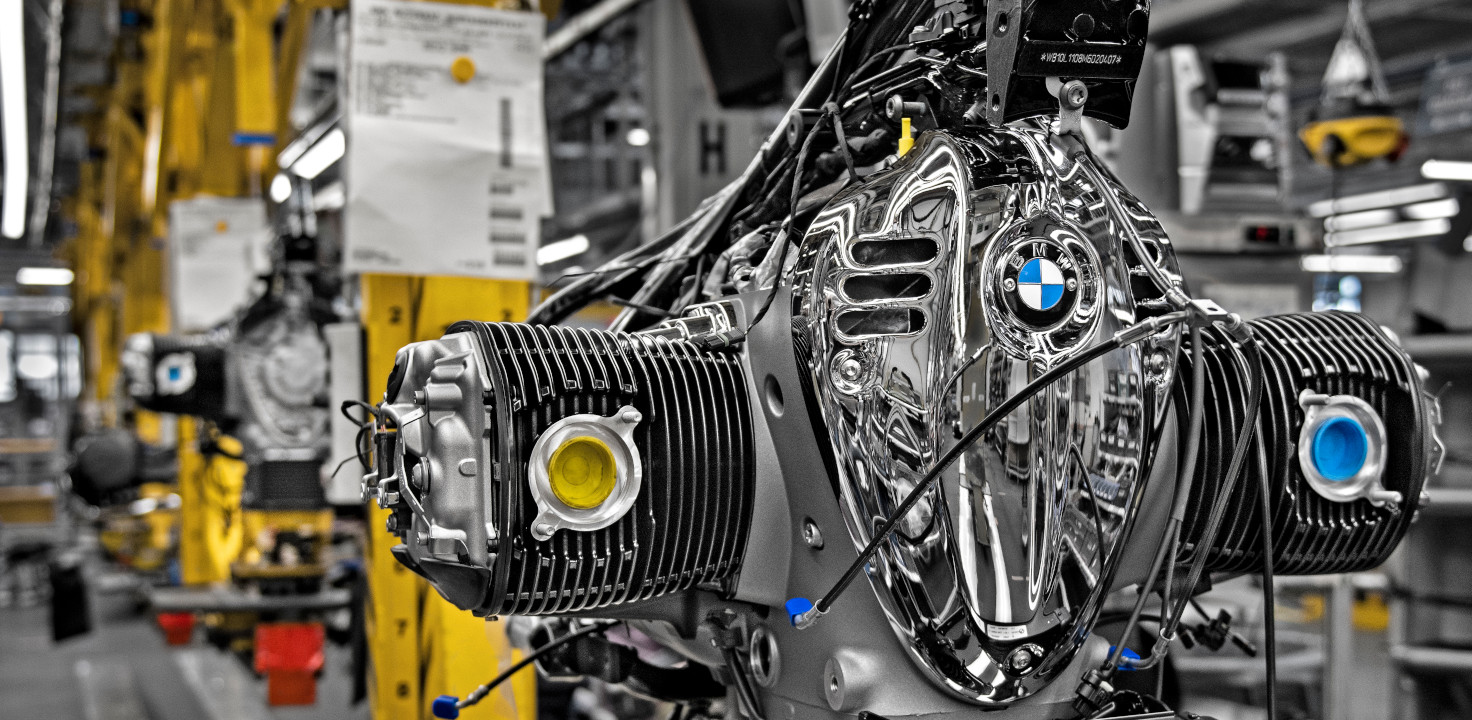A New user's Guide to Picking the Right BMW Engine for Your Demands
A New user's Guide to Picking the Right BMW Engine for Your Demands
Blog Article
Exploring the Advancement of Combustion Engines in Modern Transportation Solutions
As we navigate the landscape of modern transport, the advancement of burning engines stands as a testimony to human ingenuity and design prowess. From their modest beginnings to the advanced giants propelling cars today, combustion engines have actually undertaken an exceptional journey of advancement and adaptation. Recognizing the details of this advancement not only clarifies the past yet also leads the way for visualizing what lies ahead in the world of transportation innovation. The interaction of background, modern technology, and ecological worries in forming the trajectory of burning engines creates a story that is both insightful and engaging.
Very Early Beginnings of Combustion Engines
How did the principle of burning engines first arise in the early phases of transport development? The roots of burning engines can be mapped back to the 17th century when the concepts of internal combustion were first explored.
The innovation moment came with the development of the very first successful gasoline-powered engine by Karl Benz in 1885 - bmw engine. This engine led the way for the growth of the modern auto, reinventing transport systems worldwide. Subsequent technologies by Nikolaus Otto and Gottlieb Daimler even more refined burning engine technology, leading to the mass production of autos and the rapid growth of the transportation market
These very early burning engines were defined by their simplicity and effectiveness, laying the foundation for the facility and effective engines made use of in modern transportation systems. The development of burning engines has been important in shaping the way we take a trip and move goods, noting a considerable milestone in the history of transport development.
Shift to Internal Combustion Modern Technology
The transition to interior burning technology marked a critical change in the advancement of transportation systems. This change began in the late 19th century, with innovators like Nikolaus Otto and Gottlieb Daimler establishing the first effective inner combustion engines. These engines reinvented transport by using an extra effective and effective option to vapor engines and electric motors.
Among the crucial advantages of interior burning engines was their capability to be scaled down to suit lorries, causing the development of autos and motorbikes. This shift from cumbersome, fixed engines to small, mobile ones led the way for the modern-day transport systems we see today.
The shift to interior combustion modern technology likewise spurred developments in fuel technology, resulting in the growth of gasoline and diesel as key fuel resources for cars. This shift not just made transport extra available to the masses however also laid the structure for the oil and gas market to become integral to worldwide economic situations.
Effect of Combustion Engines on Transport
The fostering of combustion engines in transport systems militarized a profound change in the performance and rate of global mobility. Combustion engines transformed transport by giving a trusted and flexible resource of power for different vehicles, consisting of cars, trucks, planes, and ships. This development considerably enhanced the capability for goods and people to conform cross countries in much shorter amount of time, resulting in increased connectivity between regions and nations.
In addition, the prevalent use of burning engines has had a considerable influence on economic development. The ability to carry goods successfully has spurred trade and business, enabling services to broaden their markets and reach consumers worldwide. This has facilitated economic growth and globalization, as products can currently be transferred quicker and in bigger amounts than in the past.
Nonetheless, the ecological impact of burning engines can not be ignored. The combustion of fossil fuels has actually led to air pollution and greenhouse gas emissions, contributing to environment adjustment and presenting wellness threats to populaces. bmw engine. Therefore, there is a growing emphasis on creating alternative propulsion technologies to minimize these unfavorable results and produce an extra sustainable future for transportation
Innovations in Combustion Engine Design
Many improvements in burning engine layout have moved the evolution of transport systems over the decades. One notable technology is the advancement of turbocharged engines, which make use of exhaust gases to drive a turbine that presses incoming air, permitting even more fuel to be scorched, leading to increased power output without a considerable increase in engine dimension. Furthermore, direct injection innovation has improved fuel performance and efficiency by exactly controlling the quantity and timing of fuel infused right into the burning chamber. Variable valve timing systems have also transformed engine design by enhancing air flow at various engine rates, improving both power and effectiveness. Another substantial innovation is the assimilation of lightweight materials such as carbon fiber and light weight aluminum alloys, lowering general engine weight and boosting vehicle gas economy. Advancements in computer-aided design have actually enabled designers to enhance engine efficiency and performance through simulations prior to physical models are built, more conserving time and sources in the development process. These technologies collectively contribute to the continual improvement of combustion engines in contemporary transport systems.
Future Patterns in Combustion Engine Growth
With technology improvements driving constant advancement, the future of combustion engine development is poised to revolutionize transport systems internationally. One of the vital patterns in burning engine advancement is the push in the direction of higher performance and minimized emissions. Suppliers are investing greatly in research and advancement to enhance engine performance while satisfying stringent environmental guidelines. This includes the assimilation of sophisticated gas injection systems, enhanced turbocharging approaches, and the usage my blog of lightweight materials to optimize fuel usage and decrease carbon exhausts.
One more noticeable fad is the adoption of crossbreed innovations in combustion engines. Hybrid engines incorporate standard burning innovation with electrical power, providing improved gas effectiveness and reduced emissions. As the vehicle industry changes towards electrification, hybrid burning engines are viewed as a transitional option that bridges the space in between standard vehicles and completely electric ones.
Furthermore, the integration of wise innovations, such as expert system and data analytics, is expected to play a considerable duty in the future of combustion engine advancement. These modern technologies can enhance engine efficiency in real-time, bring about extra efficient burning procedures and boosted general automobile performance. Accepting these future fads will certainly not only drive advancement in combustion engine development however additionally add to a more sustainable and environmentally pleasant transportation ecological community.

Conclusion
In final thought, the development of burning engines in contemporary transport systems has actually been marked by significant innovations in innovation and design. From the very early starts of burning engines to the change to inner burning innovation, these engines have actually had a profound influence on transportation. Technologies in burning engine style continue to drive progression in this area, with future fads concentrating on further improving effectiveness and reducing discharges. The future of combustion engines in transportation looks appealing as r & d initiatives continue to press borders.
The origins of combustion engines can be mapped back to the 17th century when the concepts of internal burning were initial explored. These engines revolutionized transport by providing a more reliable and effective option to steam engines and electric motors.

Report this page